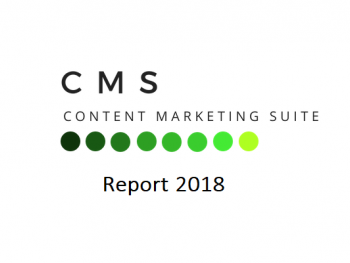E-commerce: Powerful Product sheets

Involving, persuading and selling are the three actions that represent the ultimate goal of an effective product sheet. According to a recent study conducted by the Nielsen Norman Group, 20% of non-conversions are attributable to incomplete, poorly informative, not very "seductive" descriptions. Words must provide the client with the motivation, path and push towards the final goal: the click on the call-to-action.
Optimise product sheets
This study has highlighted a very important fact: the online reader does not pay attention to the entire text. They usually make a first skimming that consists of carefully reading only two basic parts:
- The beginning of a sentence
- The beginning of a paragraph
The result focuses on the importance of description. A long list of features, benefits and functionalities that run the risk of dropping the sheet into the limbo of lost conversions. Optimising information means answering the primal question that moves the customer towards a brand "Is this product for me?".
A benefit or the resolution of a problem are the first hooks that the user looks for in a product sheet. Lured by an attractive image and an optimised professional writing, an empathetic relationship with the brand starts to develop, becoming the condition for a future purchase.
4 steps for a product description with impact
To make a definite, captivating and professional product sheet, it is necessary to follow 6 very specific steps:
- Define the buyers personality
According to John Rampton, the famous online marketing guru, a powerful product sheet must answer the rule of 5W. The first of these, Who?, helps you know about the person the product has been developed for. Mere demographic data is not enough. We need to think like the customer, understand what moves them and what drives them to buy. A user-focused sheet is a persuasive card!
- Style
After monitoring the future clients personality, it is necessary to choose the cards style. The writing "tone" is one of the easiest ways to interact with your customers and to stand out from the competition.
- Optimise the list of features
It is essential to describe the product and explain why the customer should buy it. The risk is creating a boring and unproductive list. The secret? List all features and translate them into potential benefits for the user who wants to understand how that particular product can make life easier.
- Short words, short sentences, short paragraphs
It may sound like a slogan but in reality it is one of the famous American publicist David Ogilvys rules. A powerful product sheet must be simple and straightforward and above all should not flood the potential customer with unnecessary rivers of words. Every single line of text that does not help the customer understand the product is useless and potentially dangerous because it can discourage a future purchase.
These steps help make a product card effective and avert the risk of customer dissatisfaction.
How can you make descriptions following this strategy? Contentmarketingsuite has at its disposal authors who are responsible for creating them starting from a well-defined briefing.


.jpeg)


